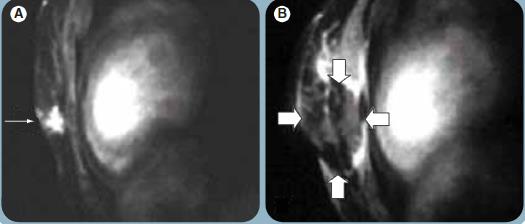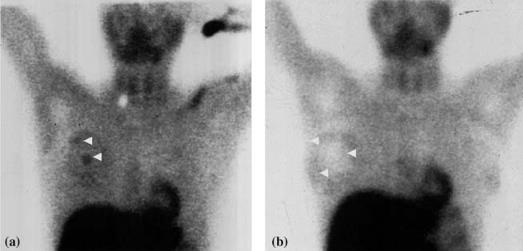About
Breast cancer is the most frequently occurring malignant disease and leading cause of cancer-related death in women in the world, accounting for 7–10 % of the whole body all kinds of malignant tumors, tending to occur in 40- to 60-year-old women before and after menopause.
Breast cancer can begin in different parts of the breast. A breast is made up of three main parts: lobules, ducts, and connective tissue. The lobules are the glands that produce milk. The ducts are tubes that carry milk to the nipple. The connective tissue (which consists of fibrous and fatty tissue) surrounds and holds everything together. Most breast cancers begin in the ducts or lobules.
Breast cancer can spread outside the breast through blood vessels and lymph vessels. When breast cancer spreads to other parts of the body, it is said to have metastasized.
Current treatment methods
Breast cancer is treated in several ways. It depends on the kind of breast cancer and how far it has spread. People with breast cancer often get more than one kind of treatment.
Surgery. An operation where doctors cut out cancer tissue.
Chemotherapy. Using special medicines to shrink or kill the cancer cells. The drugs can be pills you take or medicines given in your veins, or sometimes both.
Hormonal therapy. Blocks cancer cells from getting the hormones they need to grow.
Biological therapy. Works with your body’s immune system to help it fight cancer cells or to control side effects from other cancer treatments.
Radiation therapy. Using high-energy rays (similar to X-rays) to kill the cancer cells.
Doctors from different specialties often work together to treat breast cancer. Surgeons are doctors who perform operations. Medical oncologists are doctors who treat cancer with medicine. Radiation oncologists are doctors who treat cancer with radiation.
What type of breast cancer patients is particularly well suited for HIFU?
Patients with nonpalpable invasive breast cancer.
How does HIFU work for breast cancer (the advantages)?
HIFU is an ideal breast-conserving therapy because it does not significantly change the patients’ breast shape and does not cause bleeding or scarring. It does not require general anaesthesia, and hence has a reduced recovery time.
Clinical evidence
According to Damage Effect of High-intensity Focused Ultrasound on Breast Cancer Tissues and their Vascularities, HIFU ablation can destroy all proliferating tumor cells and their growing vascularities simultaneously; this may break interdependent vicious cycle of tumor angiogenesis and neoplastic cell growth that results in infinite proliferation. While it cannot cause tumor resistance to HIFU ablation, it may be a new anti-angiogenic strategy that needs further clinical observation and exploration.
Cases for breast cancer treatment

Fig.1 Contrast-enhanced magnetic resonance image showing imaging changes in a breast tumor before and after high-intensity focused ultrasound treatment.
Notes: A: Before treatment, the breast lesion is circumscribed and contrast uptake is seen in the tumor (arrow); B: 7 days after high-intensity focused ultrasound treatment, an absence of contrast uptake in the ablated volume (arrows), which included the tumor and a 1.5–2.0-cm margin of treated normal breast tissue around it. Edema is observed in the normal mammary tissue surrounding the treated region.

Fig.2 Tc-99m sestamibi SPECT of a right breast cancer in a 48-year-old patient before and after HIFU treatment.
Notes: (a): Before HIFU two lesions (arrows) are detected; (b): One month after HIFU the uptake of the radioisotope disappeared in the treated lesion (arrows), consisting ofthe lesions and their marginal breast tissue about 1.5–2.0 cm around the tumors.